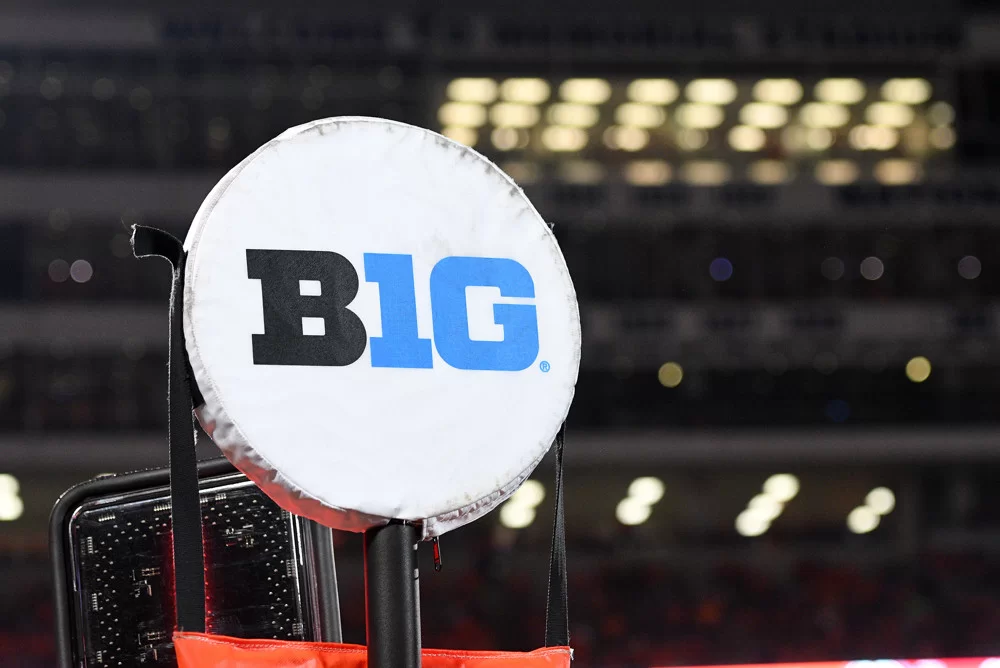Following the blockbuster move of USC and UCLA to the Big Ten, the conference has a new look and feel. Let’s break down the league and group the teams by tier.
As college football continues to transform through expansion, conferences like the Big Ten and SEC will only enlarge their presence and dominance of the sport. Last week, USC and UCLA formally announced their transitions to the Big Ten, beginning in 2024. The Los Angeles schools will add two more premier brands and regions to a conference full of elites to enhance the Big Ten’s value.
The Big Ten’s footprint now stretches from the East Coast (Rutgers & Maryland) to the west coast (USC & UCLA), which will offer massive exposure opportunities for recruits in today’s NIL world. Bringing in USC from the PAC-12 will allow Southern Cal to face bigger opponents and brands regularly with games against the likes of Ohio State and Michigan. Historically, the biggest brands in college football are Ohio State, Notre Dame, Texas, Michigan, Alabama, and Oklahoma.
The big games will be great to bring their brand back to its prominence as LA will return to the national stage of college football, a place it hasn’t been since the mid-2000s. In light of the new additions to the Big Ten, let’s place each team into tiers based on all current factors.
Ranking the Conference
Tier 1: Ohio State, Michigan, USC, Penn State
Tier 2: Wisconsin, UCLA, Michigan State, Iowa
Ohio State has been carrying the Big Ten on its back for the better part of this century with the occasional great season from Michigan, Penn State, Wisconsin, or Michigan State. The conference’s power will not completely balance out, but adding a Lincoln Riley-led USC and a Chip Kelly-propelled UCLA certainly adds intrigue to the scheduling and recruiting for years to come.
Tier 3: Nebraska, Northwestern, Minnesota, Purdue
Tier 4: Illinois, Indiana, Rutgers, Maryland
The Big Ten will likely sign a blockbuster billion-dollar media rights deal later this summer, where the branding and balance of power come into play outside of on-the-field performance. According to some rumors, the revenue distribution will be divided evenly among the schools at around $100 million.
USC saw where the sport of college football was headed – and that the PAC-12 was falling behind – which prompted the move to bring its brand along with UCLA to the Big Ten. Due to the conference expansion, there will be some incredible regular season football on the schedule in the coming years.
